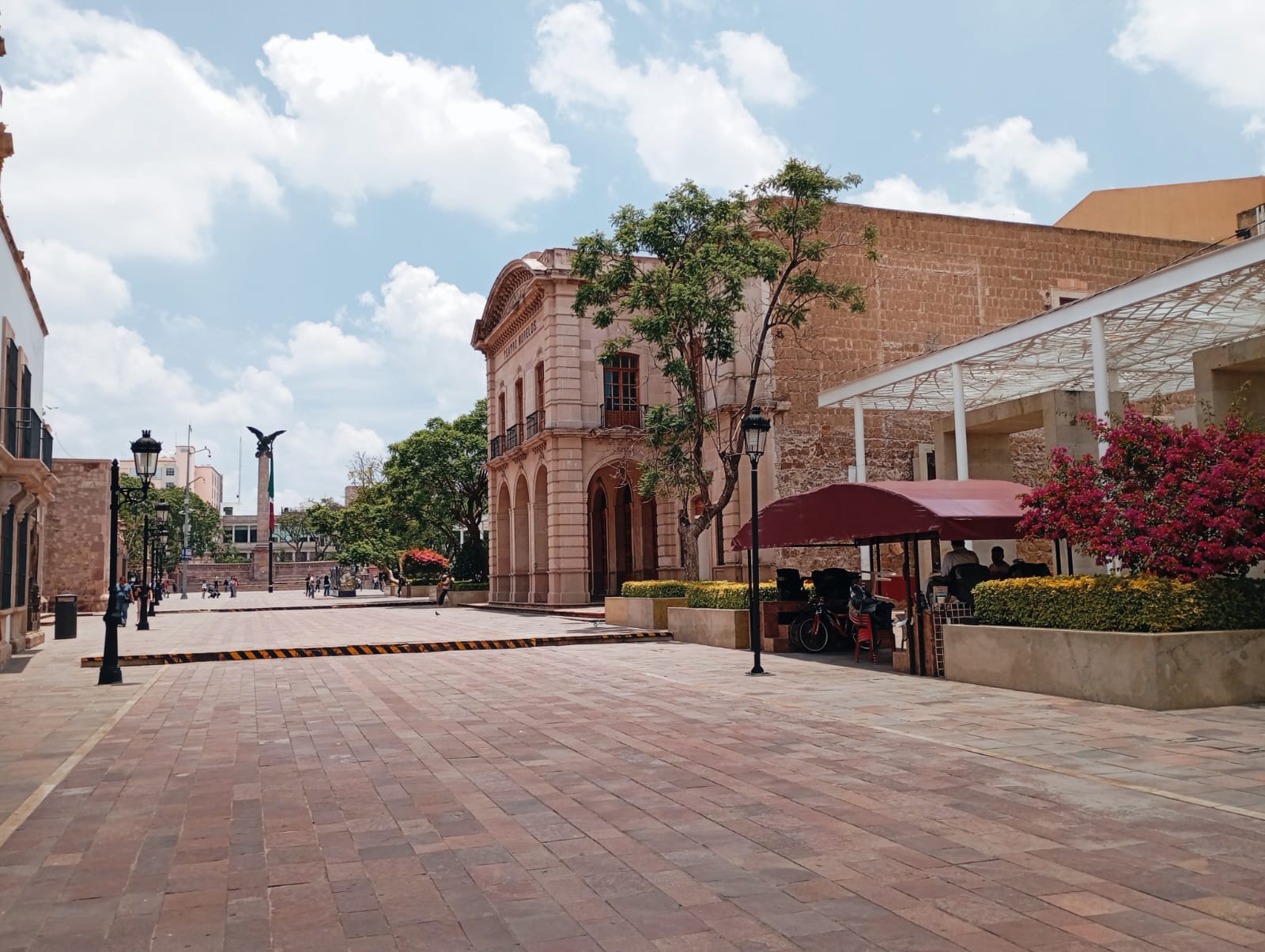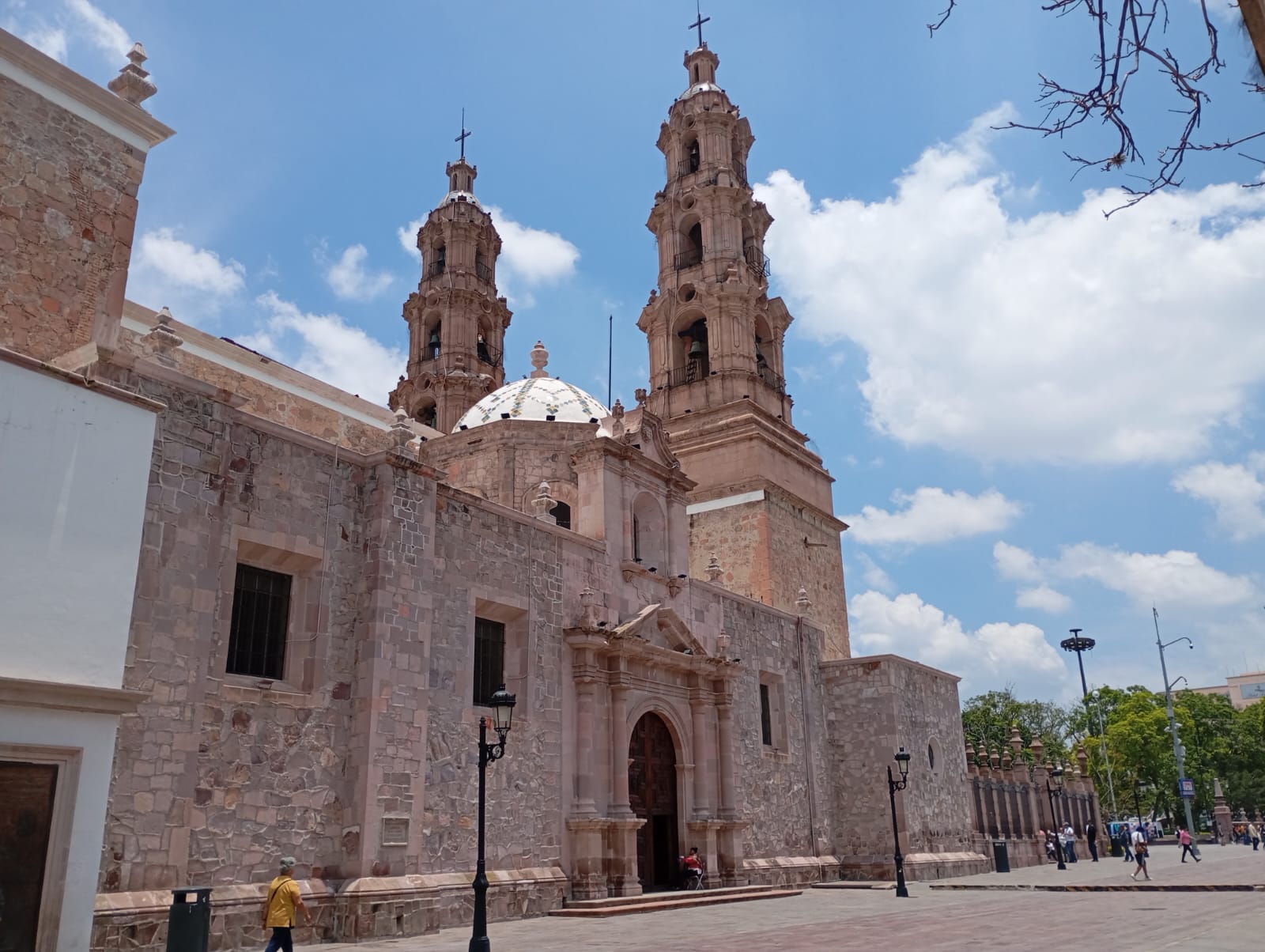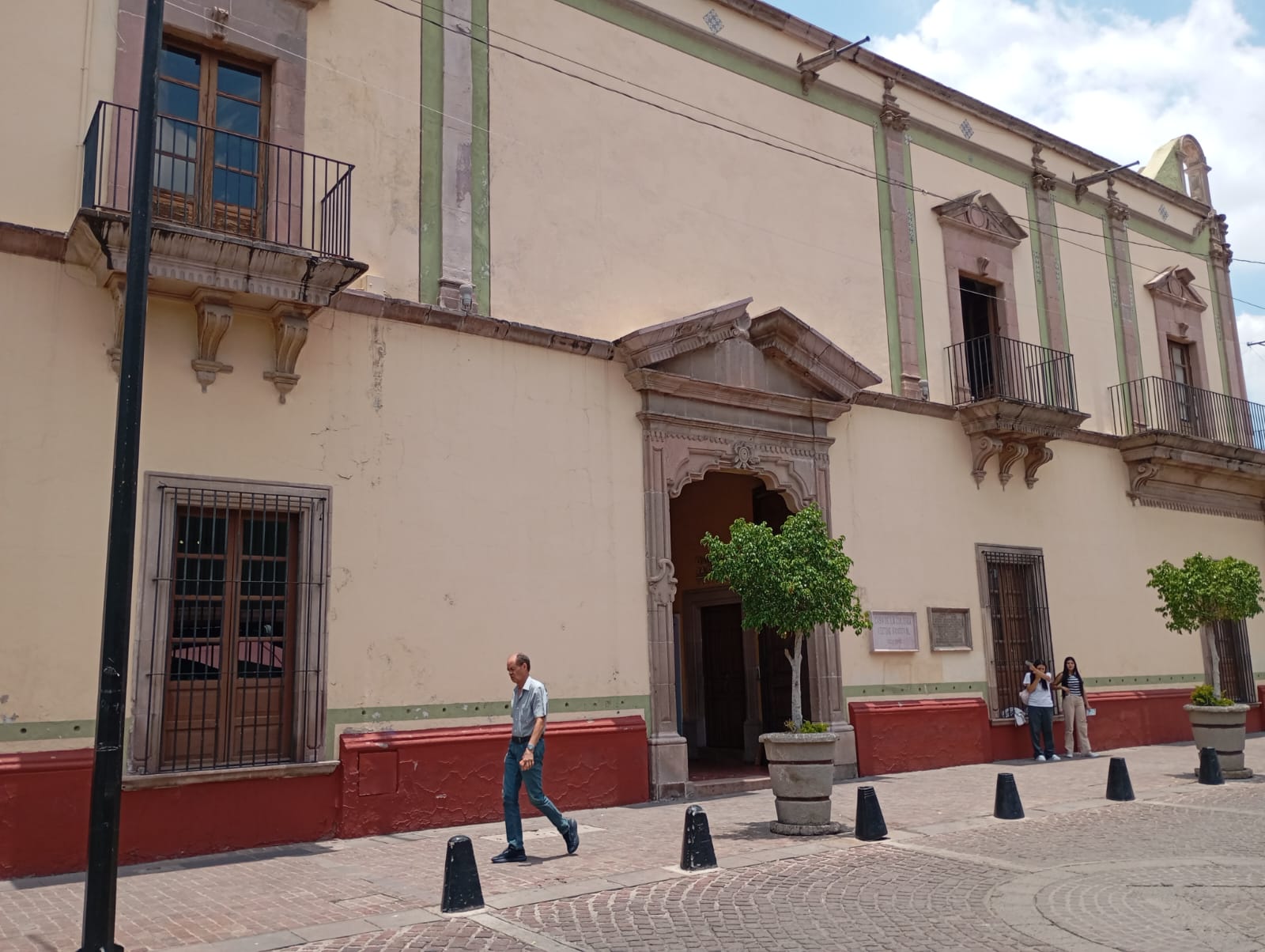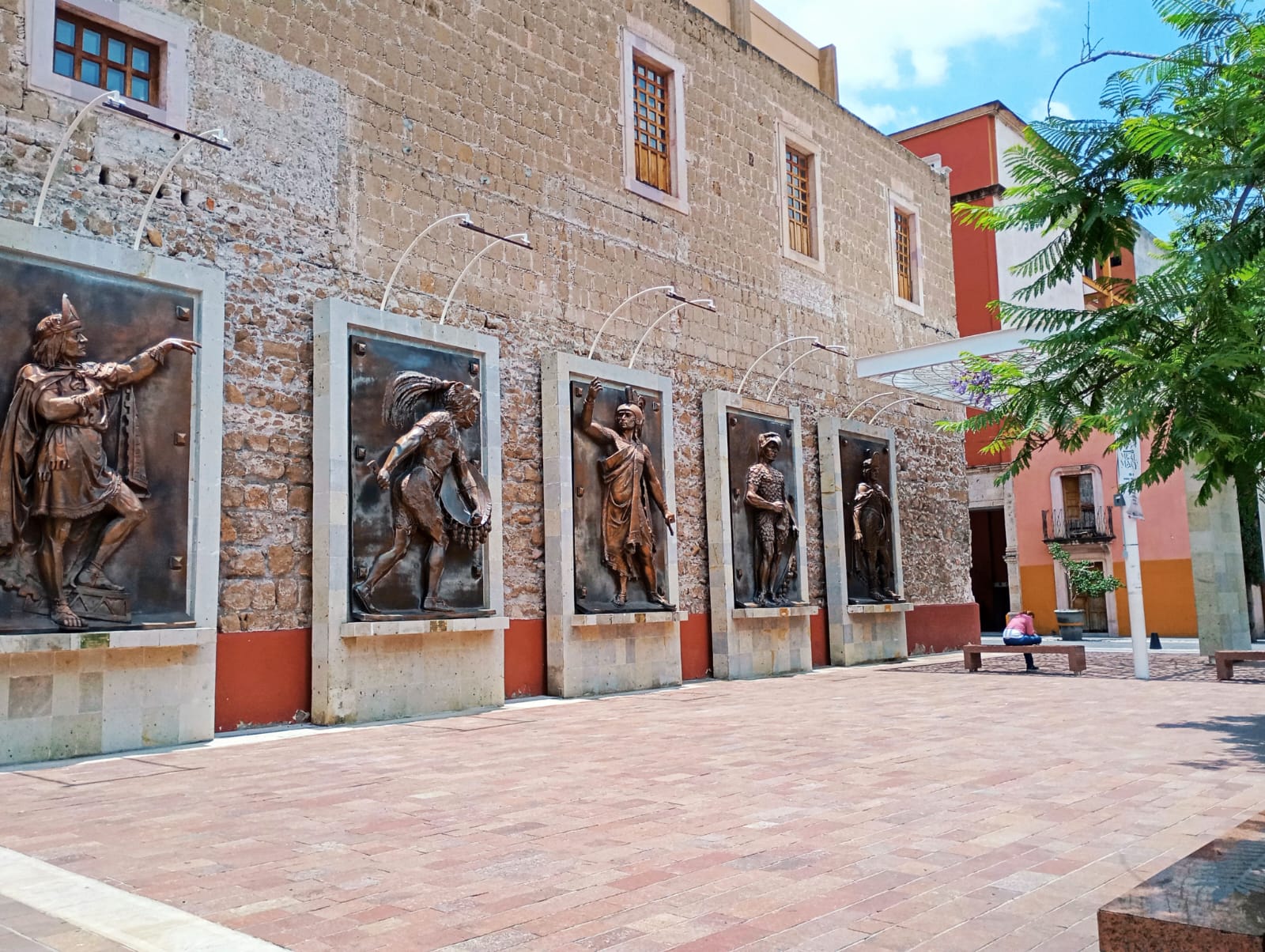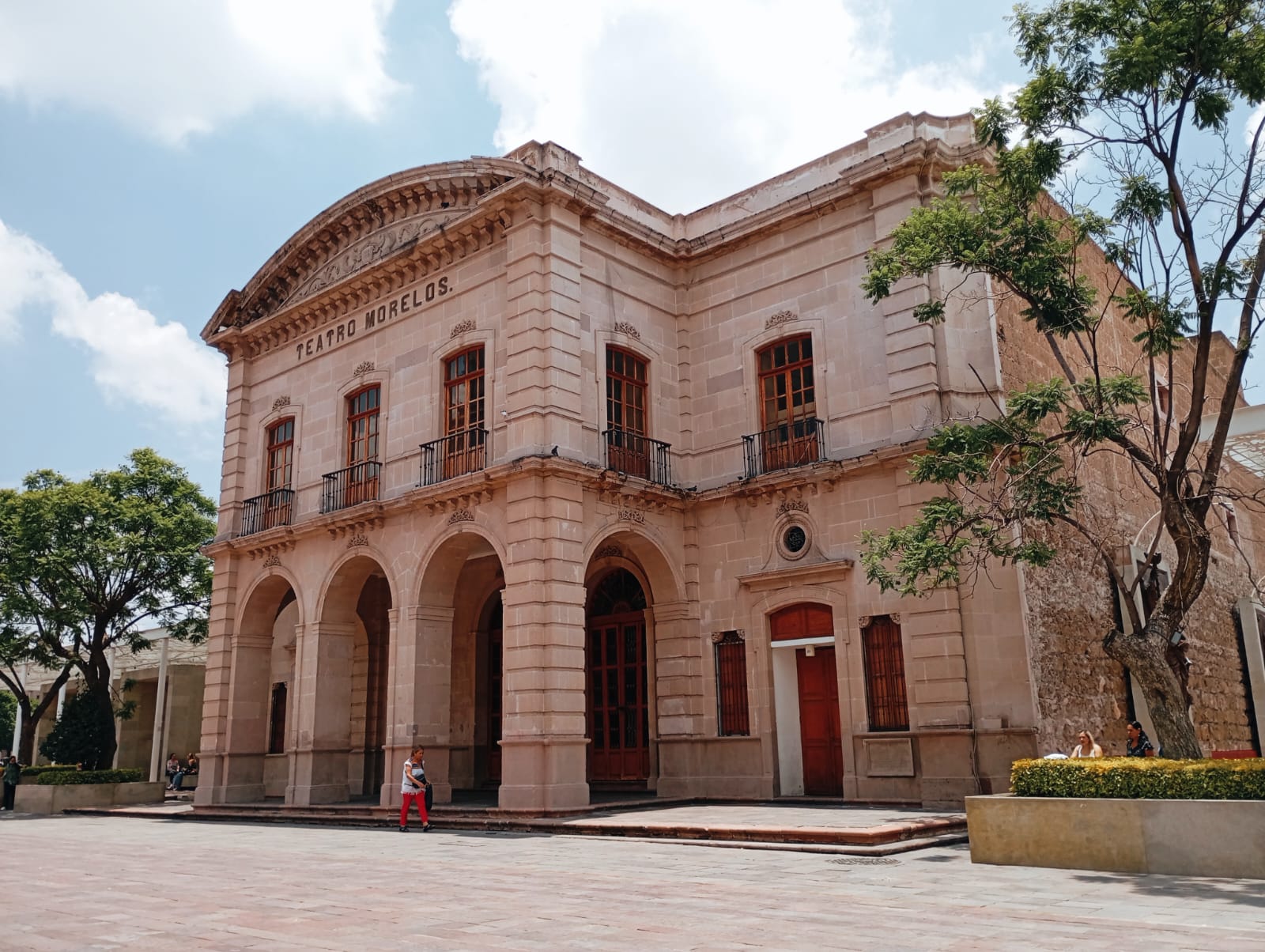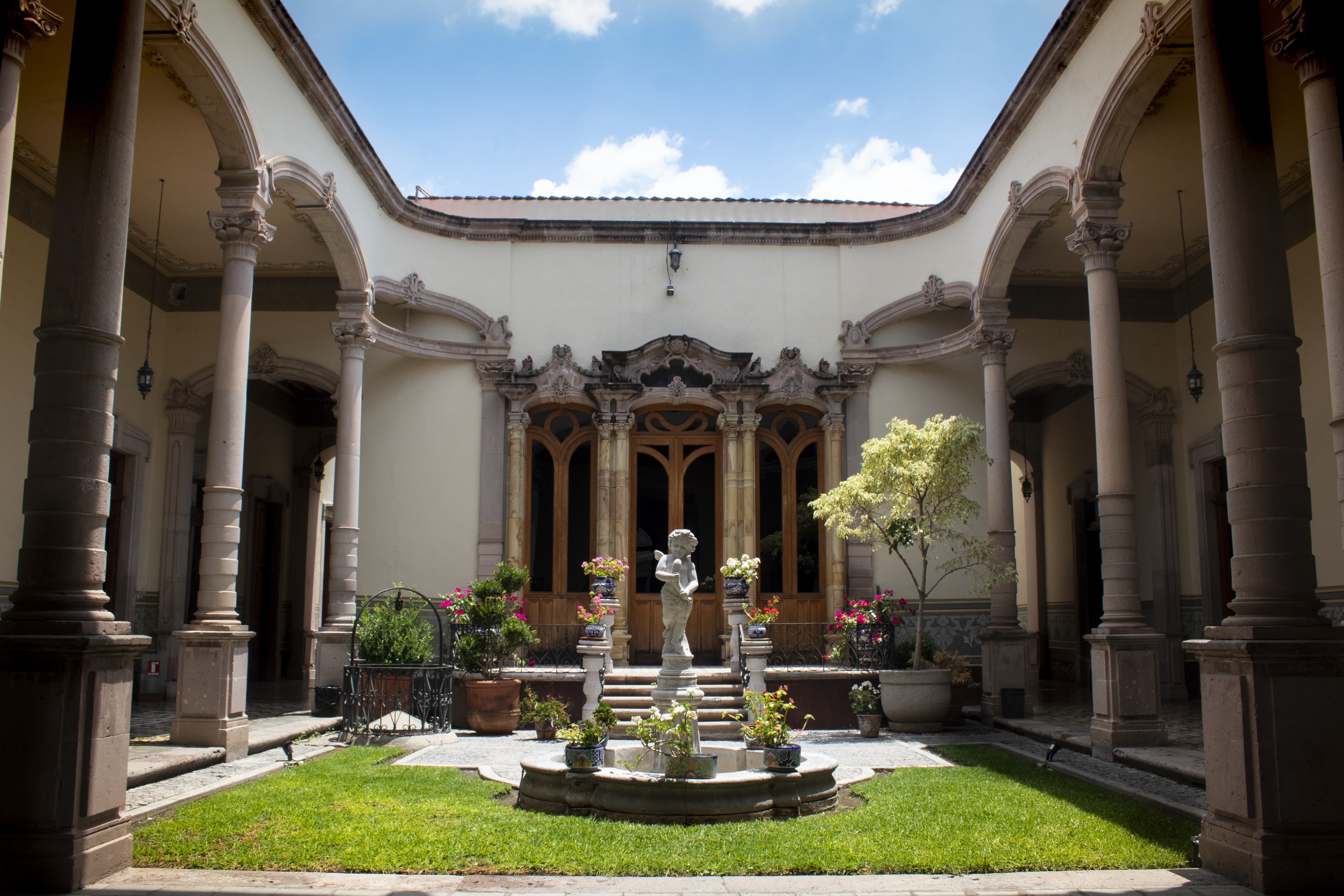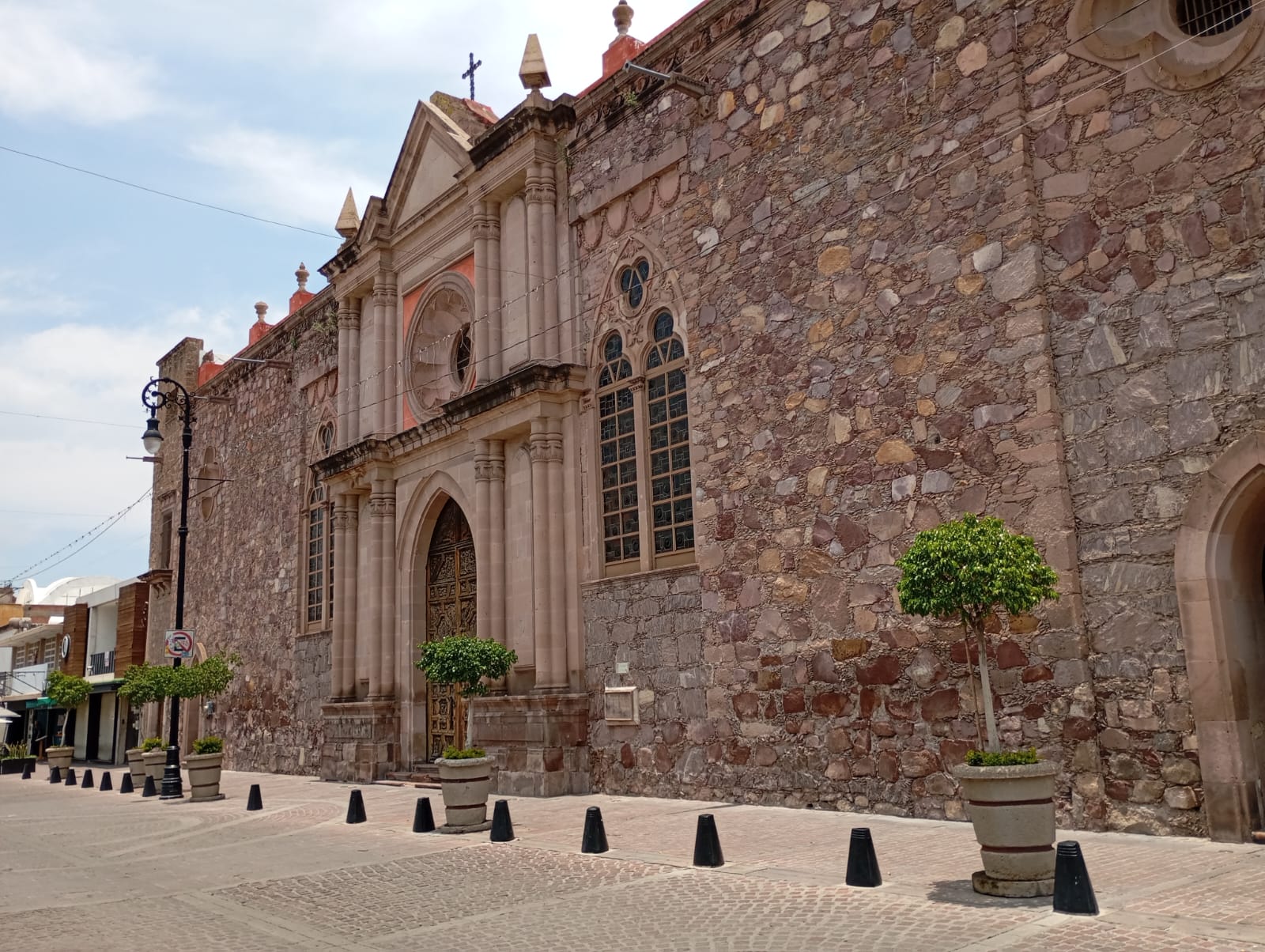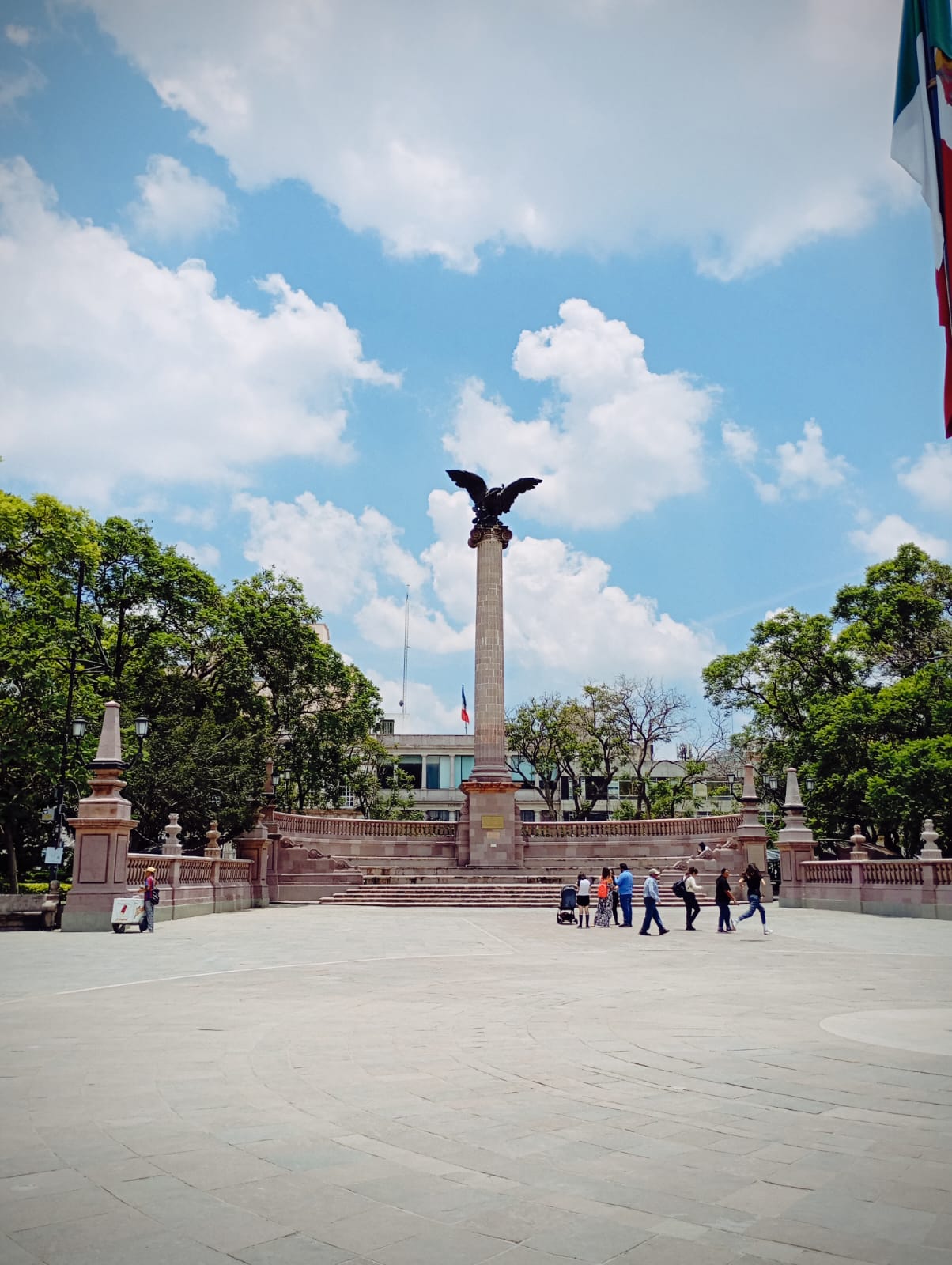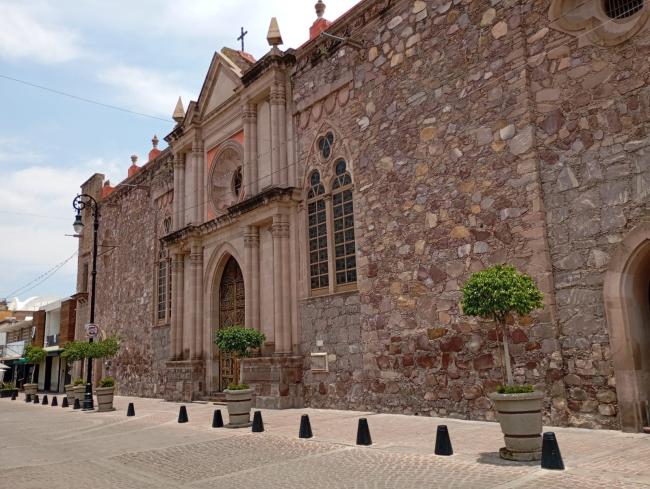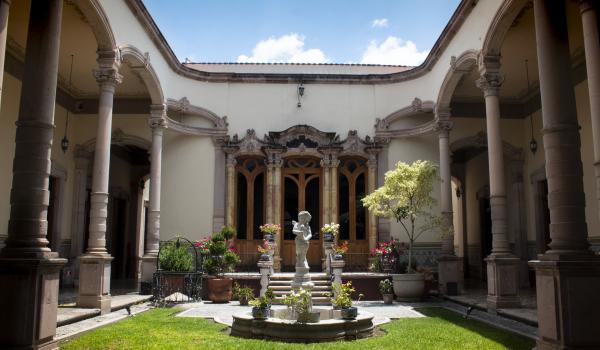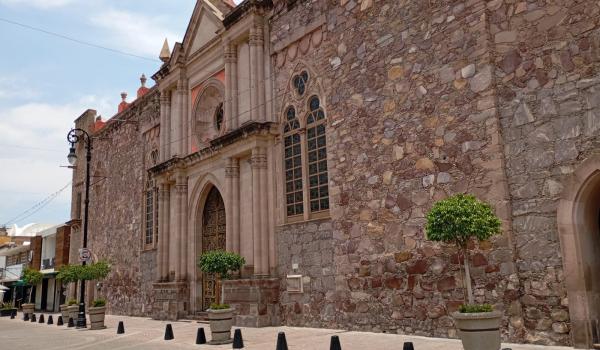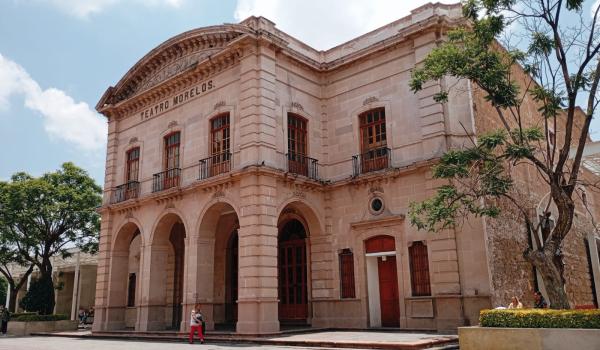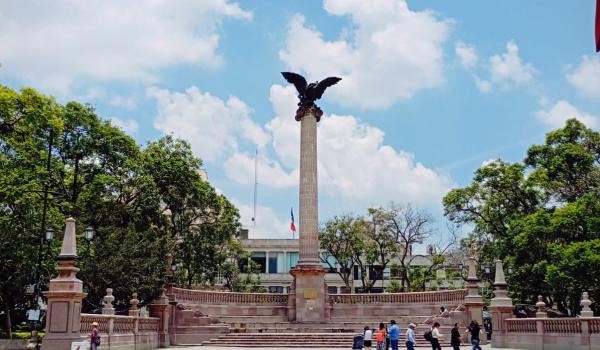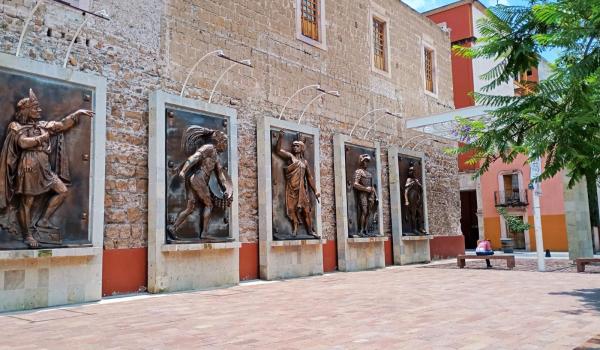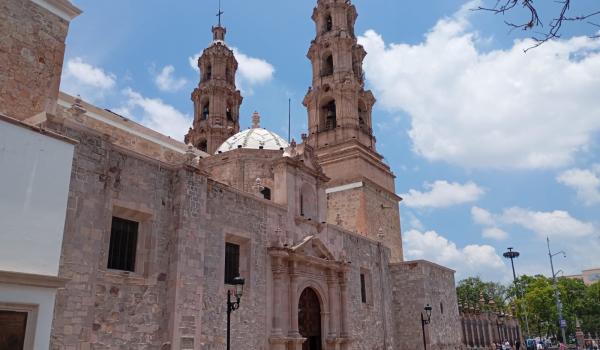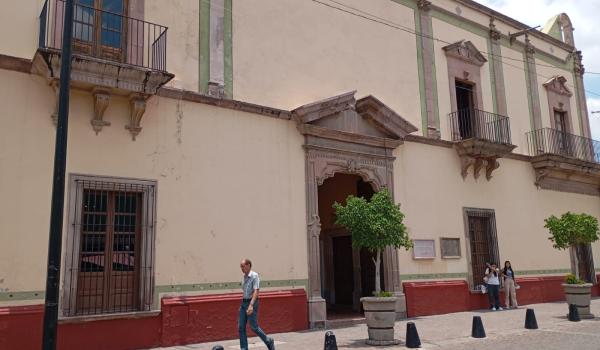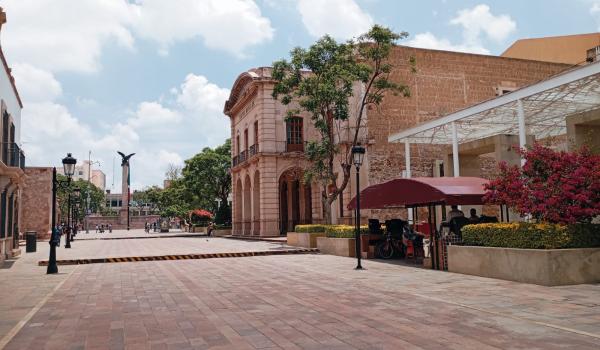Conjunto histórico de la ciudad de Aguascalientes
Route element
Conjunto histórico de la ciudad de Aguascalientes
On October 22, 1575, the town of Villa de Nuestra Señora de la Asunción de las Aguas Calientes was officially founded as a presidio, now known as Aguascalientes, the capital of the state of the same name. Its name derived from the abundant thermal springs in the surrounding area.
The settlement was established with the intention of providing a resting place and protection for travelers moving between Guanajuato, Zacatecas, the highlands of Jalisco, and Guadalajara. Due to its intermediate position relative to the mining areas and its location in the Bajío region, Aguascalientes became an important hub for trade and provisioning, thanks to the presence of numerous haciendas in the vicinity. This situation was reflected in the richness of its constructions, making it one of the most beautiful cities along the Royal Inland Road.
The mining boom of Zacatecas placed this town among the principal cities of the viceroyalty, not only due to its economic importance but also because of the demographic growth it experienced from its early years. Since the discovery of the mines, Zacatecas maintained a commercial and administrative relationship with Guadalajara concerning the transportation of silver, with Aguascalientes playing a crucial role by connecting the roads that linked these cities.
This itinerary, combined with significant agricultural and livestock development in the area, facilitated a demographic increase in the town, haciendas, and estates in the surroundings. Additionally, the area benefited from thermal springs, which provided travelers traversing the long distances of the Camino Real with genuine oases along the way.
Although it was already called a villa, it wasn't until 1611 that it was officially granted that title, a designation motivated by its significant agricultural and demographic growth. It became known thereafter as Villa de Nuestra Señora de la Asunción de las Aguas-calientes. This area took shape thanks to investments made by wealthy producers from the region, as well as miners from the north, who funded the construction of various architectural buildings, both civil and ecclesiastical. The landowners invested not only within their haciendas but also contributed to transforming the landscape, erecting sumptuous residences in the center of the villa of Aguascalientes.
In religious architecture, notable structures include the temples of San Diego and San Marcos, the parish church of La Asunción, the churches of San Juan de Dios and La Tercera Orden, as well as the chapels of San Juan Nepomuceno, El Señor de la Salud, and El Señor del Encino.
Aguascalientes experienced prosperity during the final phase of the colonial period, but this was disrupted by the War of Independence. Its geographical location made it a strategic point in the armed conflict, with opposing groups passing through its roads heading north or towards Mexico City. Additionally, the construction of the railway line connecting Mexico City to the northern border of the country began in 1880.

